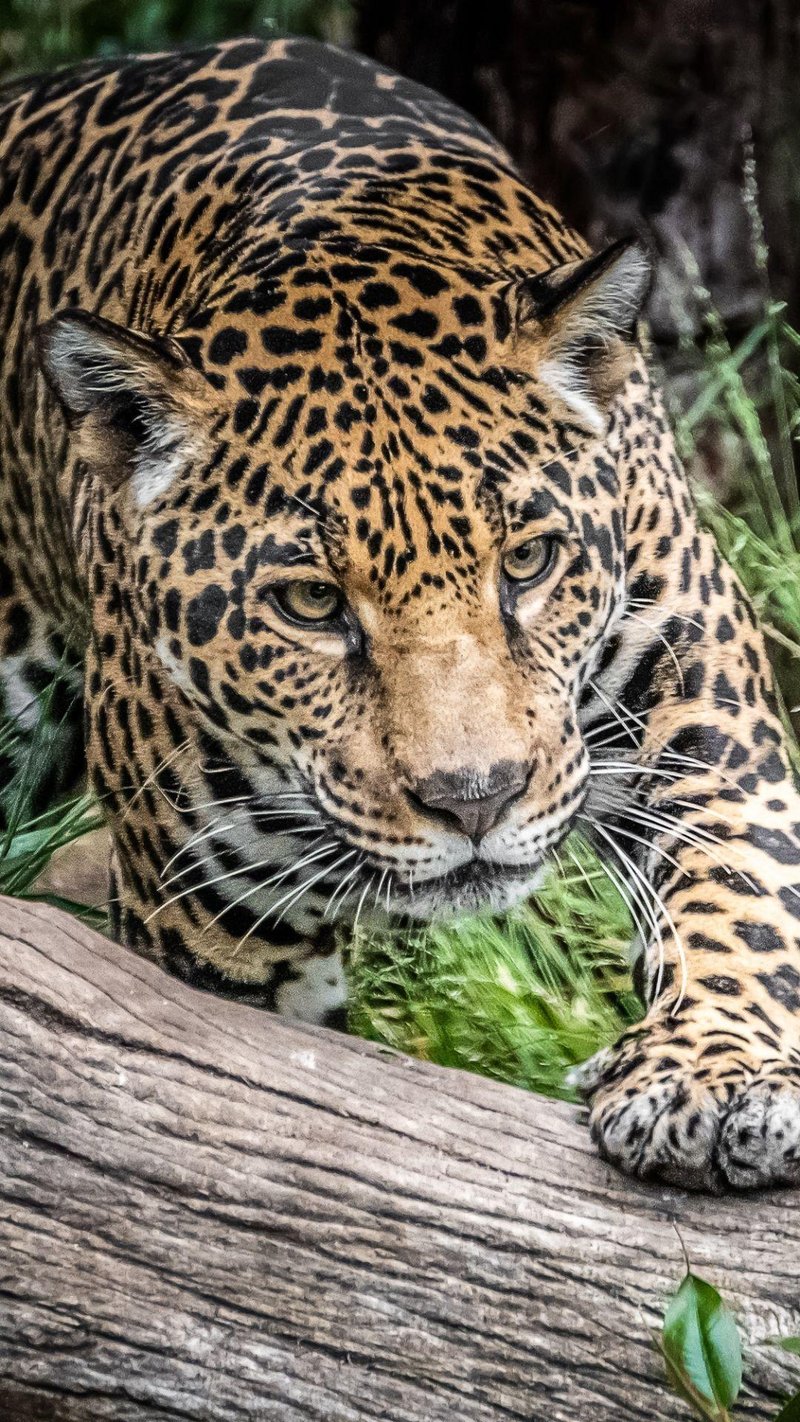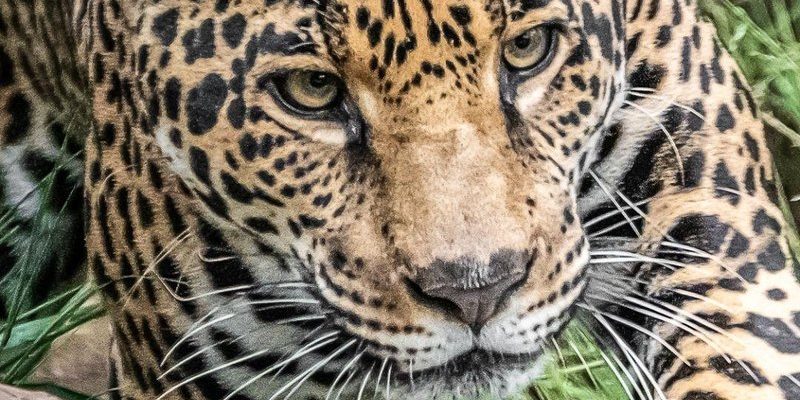
Encountering a jaguar in the wild is an exhilarating yet daunting experience. These big cats are not only beautiful, but they’re also skilled hunters with a reputation that can stir up fear. However, understanding how to respond can turn a potentially dangerous situation into a safe one. Let’s walk through what you need to know if you ever find yourself face-to-face with a jaguar, whether you’re in the Amazon or a wildlife reserve.
Understanding the Jaguar
Before we even think about what to do, it helps to know a bit more about these incredible animals. Jaguars are the largest cats in the Americas, easily recognizable by their beautiful rosette-patterned coat. They are solitary hunters, typically active during twilight hours, using stealth to stalk their prey. Unlike many other big cats, jaguars boast one of the strongest bites in the animal kingdom, allowing them to pierce the shells of turtles or crush the skulls of their prey.
You might be wondering what they eat. Jaguars primarily hunt deer, capybaras, and various other mammals, but they also have a talent for catching fish. This flexibility makes them a top predator in their ecosystem. However, their elusive nature means that sightings can be rare. When you finally see one in the wild, it’s a moment to cherish—if you play your cards right!
Stay Calm and Assess the Situation
First things first: if you spot a jaguar, stay calm. Your instinct might be to panic and run, but that’s the last thing you want to do. Jaguars are ambush predators, and sudden movements can trigger their hunting instincts. Take a deep breath and stay still for a moment.
Next, assess the jaguar’s behavior. Is it simply passing by or showing signs of aggression? If it appears curious or indifferent, you might have a moment to enjoy observing it from a safe distance. However, if it’s staring directly at you, showing its teeth, or making low growls, it’s time to seriously rethink your next move.
Back Away Slowly
If you feel the situation is escalating or the jaguar seems agitated, the best course of action is to back away slowly. Sudden movements can attract its attention, so take deliberate, careful steps. Keep your eyes on the jaguar while you back away, but avoid direct eye contact. Staring can be perceived as a challenge.
As you retreat, try to create more distance without turning your back on the animal. This keeps you aware of its movements. Remember: moving away doesn’t mean you’re weak; it means you’re smart. Staying safe is priority number one.
Make Yourself Look Larger
If the jaguar approaches you rather than backing away, try to make yourself look larger. You can do this by raising your arms, holding your backpack above your head, or standing on a rock if possible. The goal is to present a formidable figure and deter the animal from coming closer.
You might feel silly trying to look big, but remember, jaguars can weigh up to 250 pounds! They often see humans as potential threats or competition. By making yourself appear larger, you’re sending a message that you’re not an easy target.
Use a Noisemaker if You Have One
If you happen to have a whistle, air horn, or even your voice, now’s the time to use it. Loud noises can startle a jaguar, potentially causing it to retreat. However, do this only if you’re feeling safe enough and the situation allows for it.
Shouting in a calm but firm voice can also work. Try to sound confident—an uncertain voice might only pique the animal’s interest. Here’s the thing: jaguars are more likely to back off if they feel surprised or threatened, rather than curious.
Know When to Seek Shelter
If the jaguar seems undeterred and continues to approach, it might be time to seek shelter. Look for trees to climb, large boulders, or any other structure that you can use to create a barrier between you and the jaguar. Remember, while they can leap impressively, they can’t climb as well as some other big cats.
If you’re in a group, stay together and find refuge. There’s strength in numbers, and a united front can help deter a curious predator. Jaguars are typically shy and avoid human interaction, but unexpected encounters can still happen.
What Happens After the Encounter
Once the jaguar has moved on, take some time to gather your thoughts. It’s normal to feel a rush of adrenaline and excitement after an encounter like that. Make sure to share your experience with others; this helps raise awareness about these magnificent animals.
Reflect on what you’ve learned during the experience. Did you feel prepared? What would you do differently next time? Understanding how to behave in these situations can make future encounters much less frightening.
Encountering a jaguar in the wild is undeniably thrilling, but it carries responsibilities too. Remember that these creatures play vital roles in their ecosystems. Respect them, and appreciate them from a safe distance.
Whether you’re hiking, camping, or simply enjoying nature, keep these tips in mind. Keeping calm, knowing how to react, and respecting wildlife helps ensure safe and memorable adventures in the wilderness. So, when you’re out there enjoying the beauty of nature, remember to keep your eyes peeled for the extraordinary—just be ready to handle it with poise.

